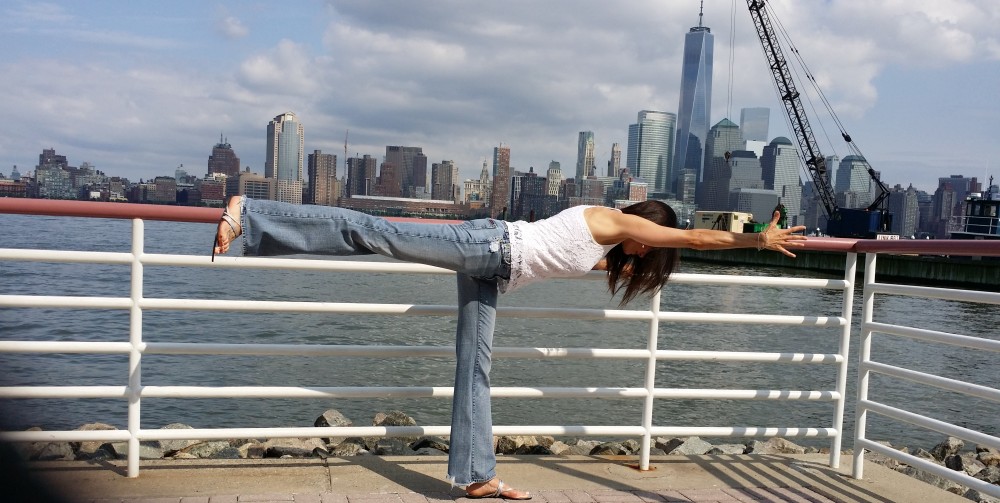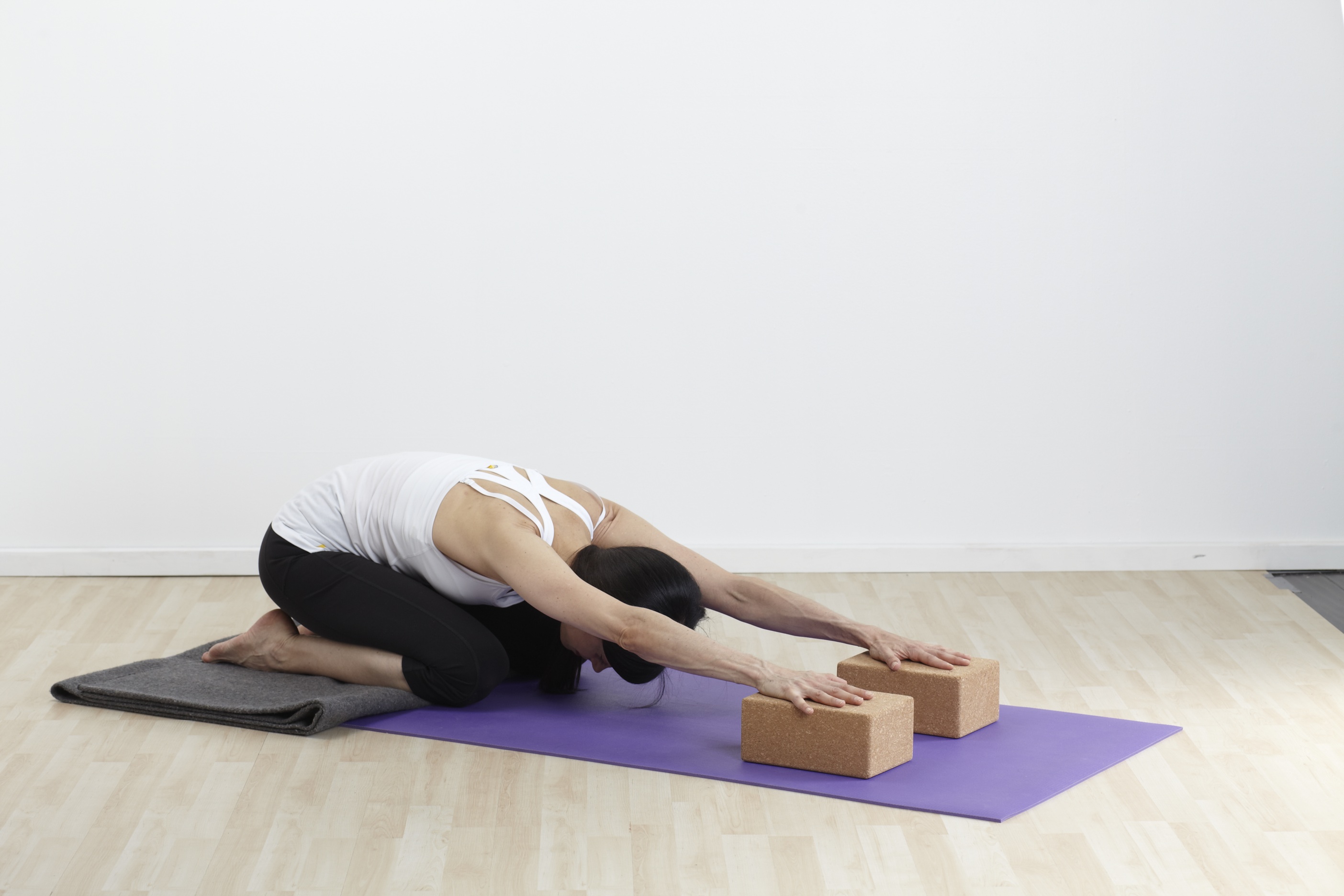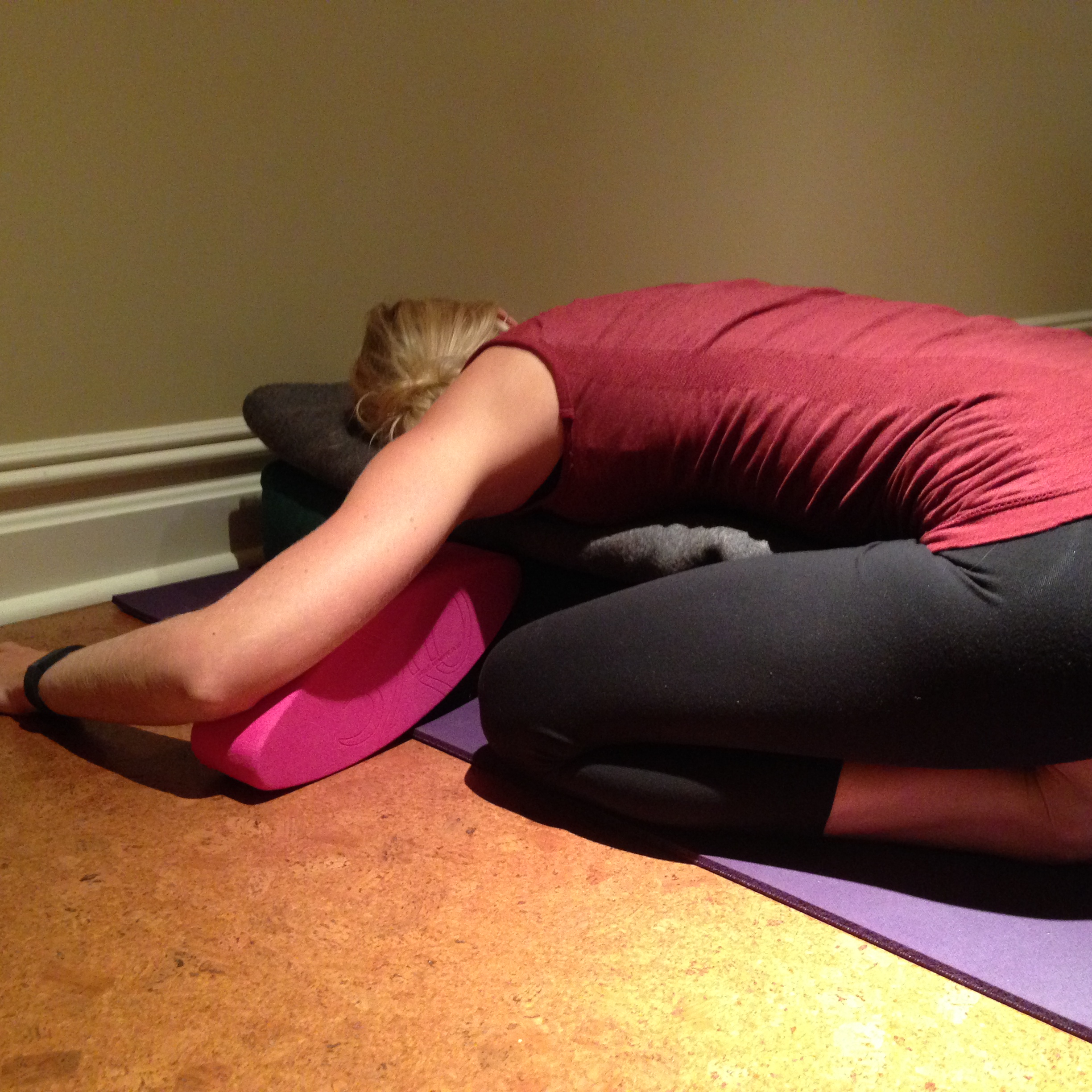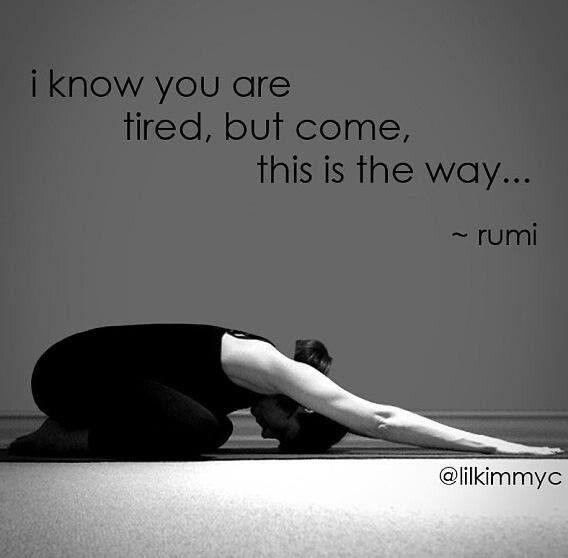Best benefits of restorative yoga:
Restorative yoga offers the practitioner an opportunity to explore different aspects and benefits of practice that are often overshadowed by more dynamic styles.
A restorative yoga practice frequently relies on the use of props, prolonged holding in safely aligned asana sequences, meditation, pranayama and relaxation. Excellent for active physical recovery, balance, stress management,a restorative yoga class can explore different safe alignment skills through therapeutic themes.
Let’s take a look at Child’s pose (balasana)
This is often called a resting pose, and can certainly be that. The variation in the above photo is dynamic, and often used as a preparation for downward facing dog. The props are used to wake up the spine and the shoulders as well as encourage conscious breathing into the back body. In a vinyasa, holding the pose for 5 or 10 breaths can offer the practitioner a break from the activity of the practice. However, many students cannot actually ‘let go’ in the pose, whether due to stiffness or pain or just inability to perform it safely. So…is it really restorative?
Now take a look below. Here, props are used to bring the pose to the person, encourage release, and the arms are taken out of the equation. There is no pulling, but the arms lines, shoulders, hips and spine are safely letting go of tension.
I encourage you to uncover some of the benefits! Restorative Yoga Classes can be booked privately or check my Calendar





